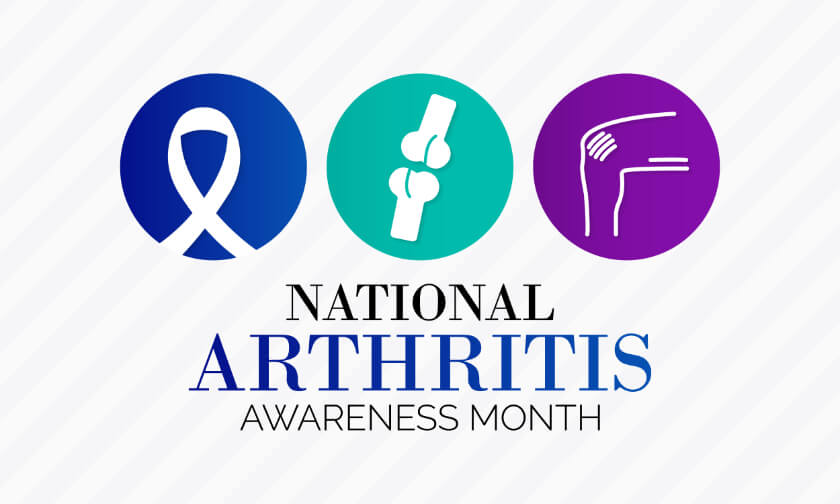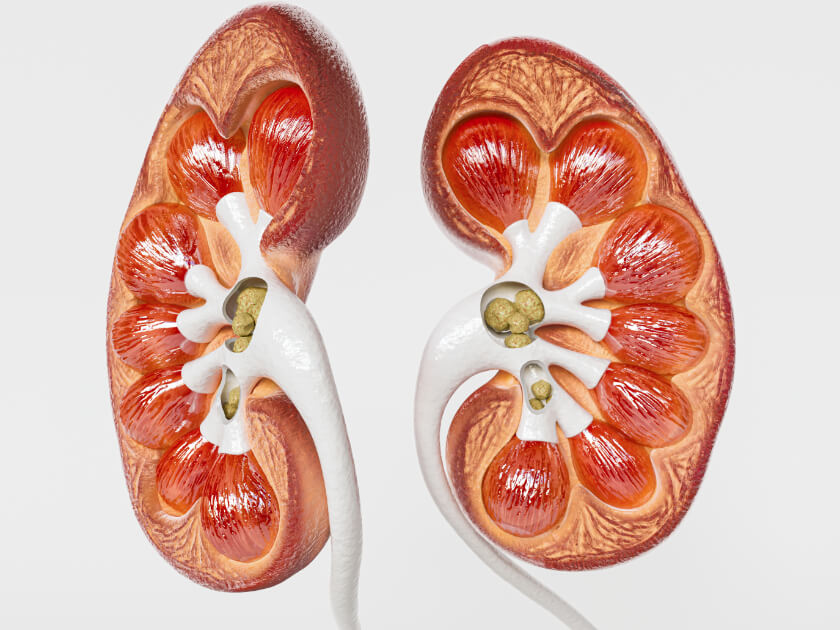What is an ultrasound?
An ultrasound is a type of diagnostic imaging test that uses sound waves to create images of soft tissues and processes inside the body. The sound waves penetrate the skin painlessly, “bouncing back” and sending signals to a computer that “translates” those signals into images viewable on a computer monitor. The sound waves are emitted through a handheld device called a transducer that glides over your skin using a special gel. In a few cases, such as a transvaginal ultrasound or prostate ultrasound, a wand-shaped transducer is inserted into the vagina or anus to obtain detailed images of the ovaries and uterus or the prostate gland. Ultrasounds do not involve any form of x-ray radiation, so they’re perfectly safe, even for pregnant women.
When is ultrasound used?
Ultrasound imaging is used for a wide variety of reasons, from diagnosing a medical condition to monitoring the development of a fetus to evaluating the flow of blood and other processes and much more. Many doctors will order an ultrasound to determine the cause of unexplained pain, swelling or other symptoms, or to evaluate organs and other anatomical structures, like glands, blood vessels and joints. They can also be used to look for tumors or other growths or abnormalities, and to diagnose some diseases, including gallbladder disease and some types of cancers. Many doctors also use ultrasound to evaluate the effectiveness of a specific medical treatment.
What happens during an ultrasound procedure?
Ultrasound procedures are performed in a darkened room so the images can be better seen on the computer monitor. Depending on what is being scanned, you may need to put on a hospital gown, use a drape or remove or loosen certain pieces of clothing. You’ll be asked to lie on an exam table, either on your back or on your side, depending on what is being evaluated. A special gel is placed on the skin or the end of the transducer to enable the sound waves to travel through the skin more effectively. As the transducer moves across the skin, it may be pressed deeply into the skin to obtain clearer images.
You may be asked to turn on your side or back during the ultrasound to get better images, and you may be asked to hold your breath at certain points as well. For internal ultrasounds, the slim transducer wand is lubricated before being inserted into the rectum or vagina. The length of your exam depends on what area is being evaluated, but most ultrasound scans take 30 minutes or less. Once the procedure is over, you’ll be able to resume your normal activities right away.
Ultrasounds are one of the most commonly performed diagnostic imaging procedures performed today. They’re highly versatile, and can be used to provide your doctor with a substantial amount of information about your health.
Available Locations
Preparation Instructions
-
-
- For ultrasound studies of the abdomen, you must not eat for 6 hours prior to your exam.
- For ultrasound studies of the pelvis, 1st trimester pregnancy or urinary bladder you may eat prior to the exam, but you will need a full bladder. Two hours before your appointment, empty your bladder. Ninety minutes prior to your appointment, drink 32 oz. of clear, non-carbonated, fluid. All liquid should be finished 1 hour before your study so that your bladder will be full. DO NOT go to the bathroom until your study is complete. (If study is for 2nd or 3rd trimester pregnancy, reduce fluid to 20 oz.).
- For ultrasound studies of the breast, thyroid, extremity or other body part not listed above, there is no preparation.
- Bring your prescription and insurance card.
- Bring all previous imaging/radiology studies and reports (that were not done at RAI) relating to your current study.
-






